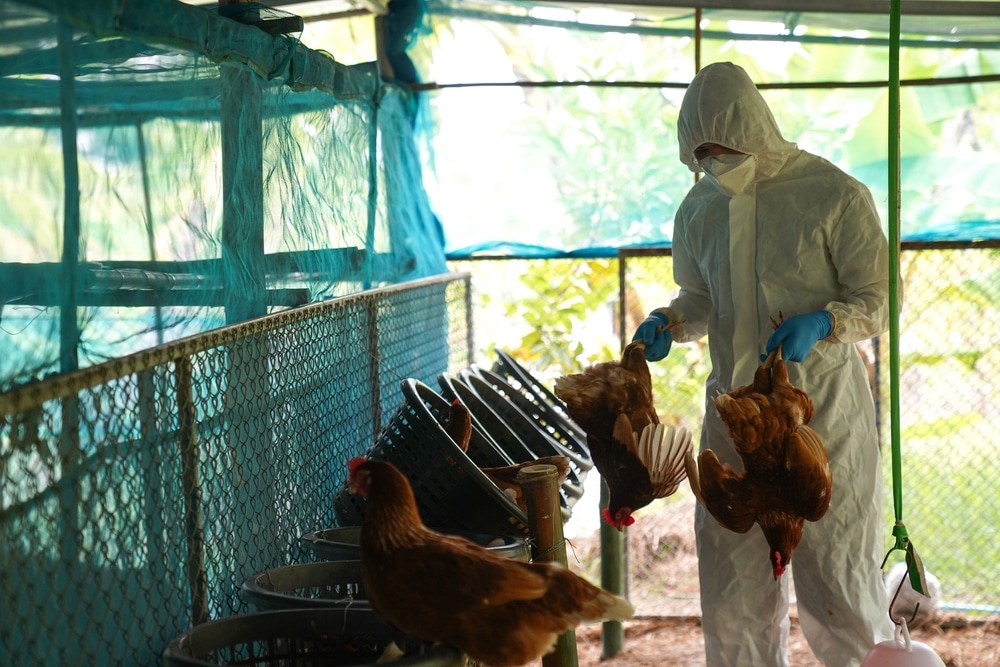(MSN) – Bryan Thomas doesn’t want any more “wishy-washy conversations about climate change.” For four years, he has served as station chief of the Barrow Atmospheric Baseline Observatory, America’s northernmost scientific outpost in its fastest-warming state. Each morning, after digging through snow to his office’s front door, Thomas checks the preliminary number on the observatory’s carbon dioxide monitor.
On a recent Thursday, it was almost 420 parts per million — nearly twice as high as the global preindustrial average. It’s just one number, he said. But there’s no question in his mind about what it means. Alaska is in the midst of one of the warmest springs the state has ever experienced — a transformation that has disrupted livelihoods and cost lives. The average temperature for March recorded at the National Oceanic and Atmospheric Administration (NOAA) observatory in Utqiagvik (which was known as Barrow before 2016, when the city voted to go by its traditional Inupiaq name) was 18.6 degrees Fahrenheit above normal. READ MORE

















